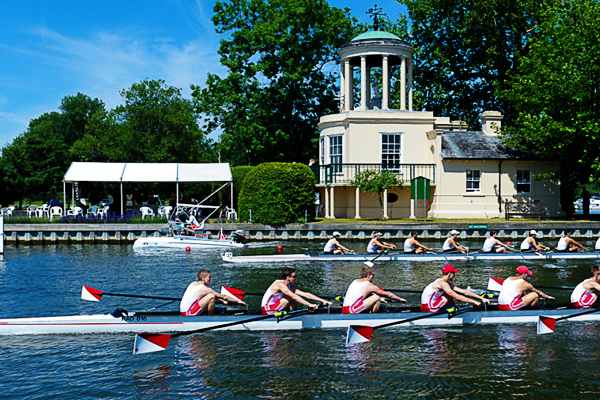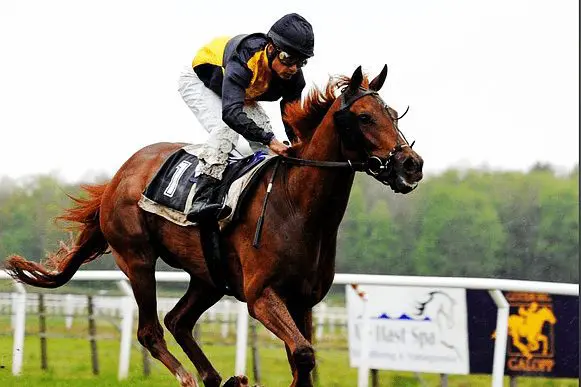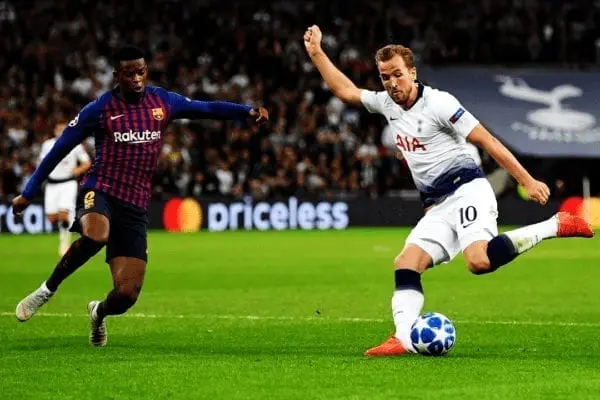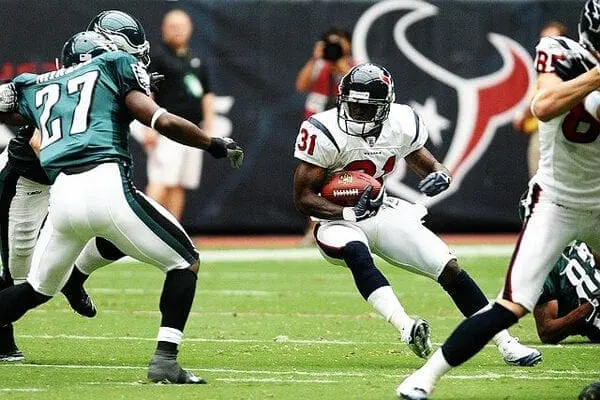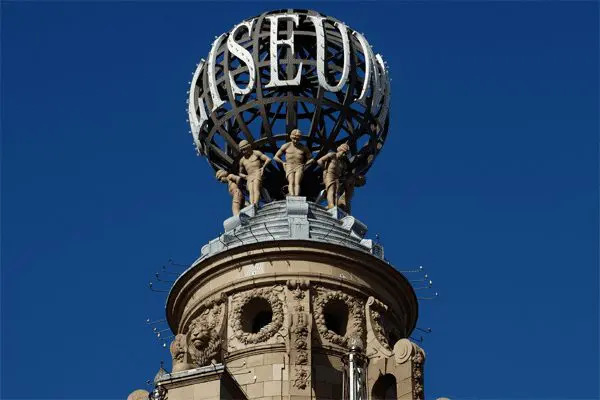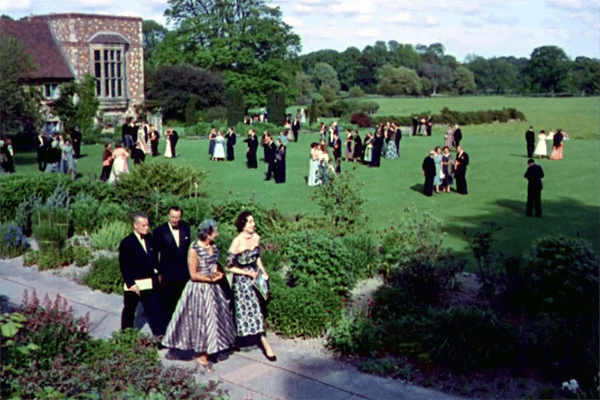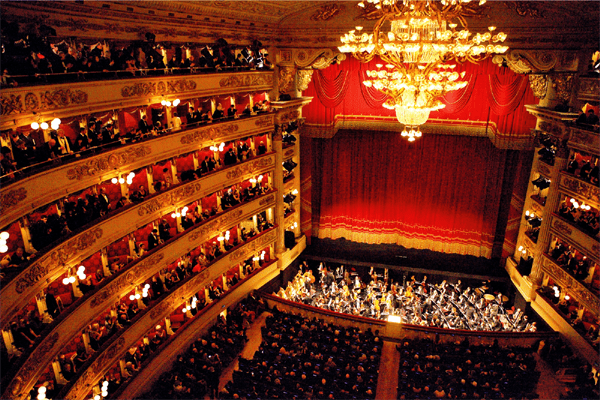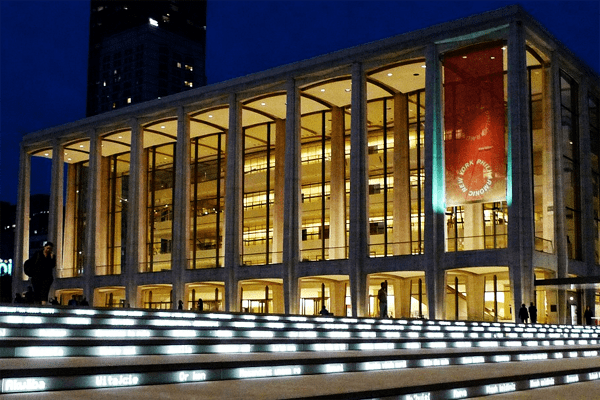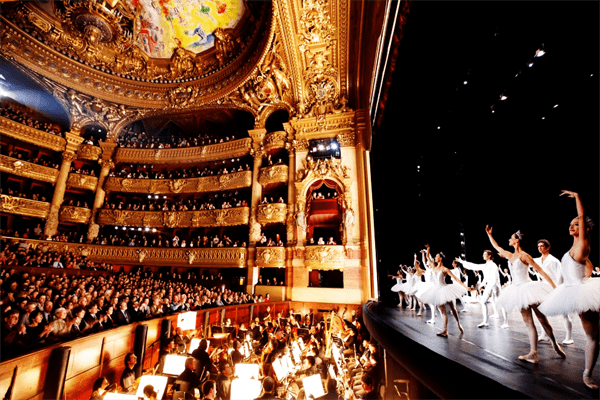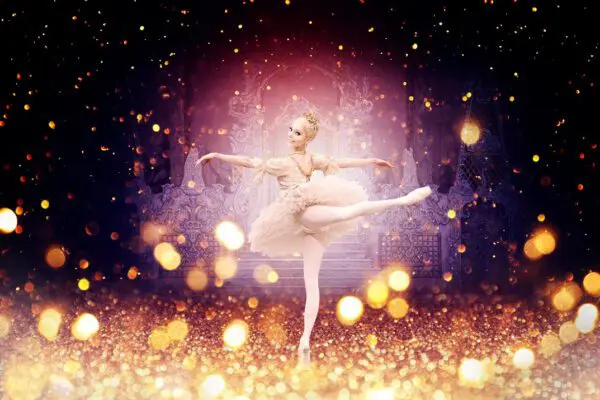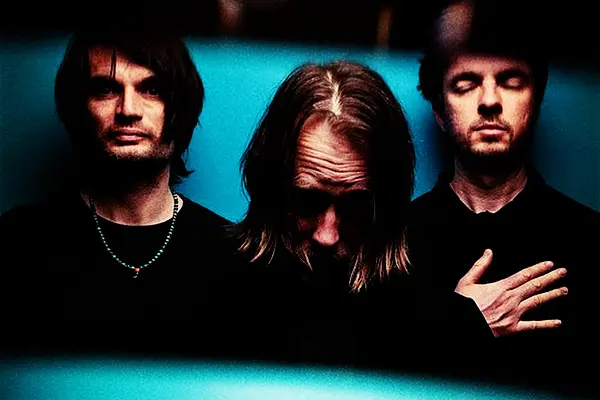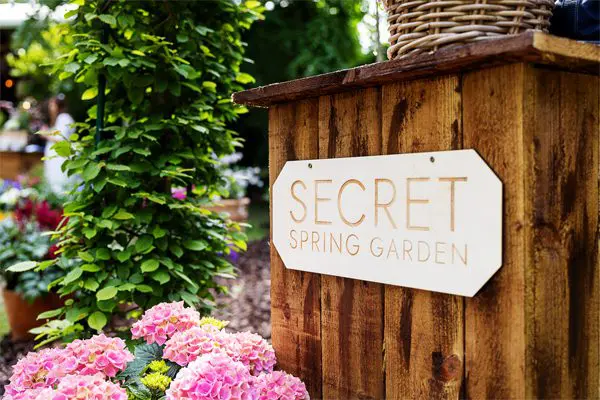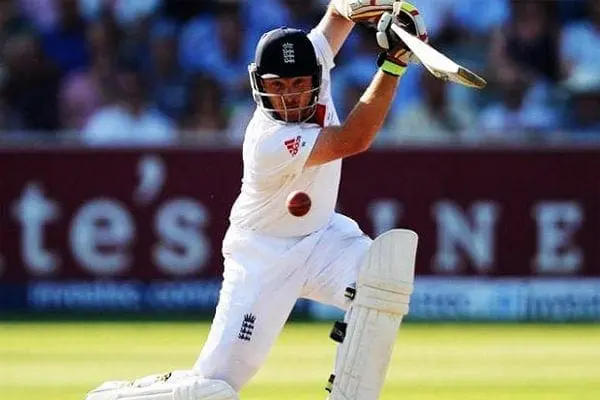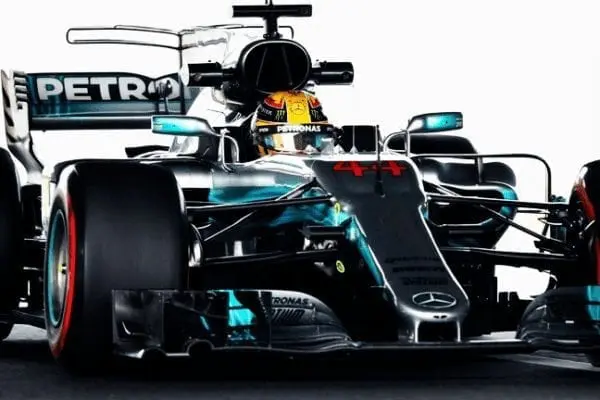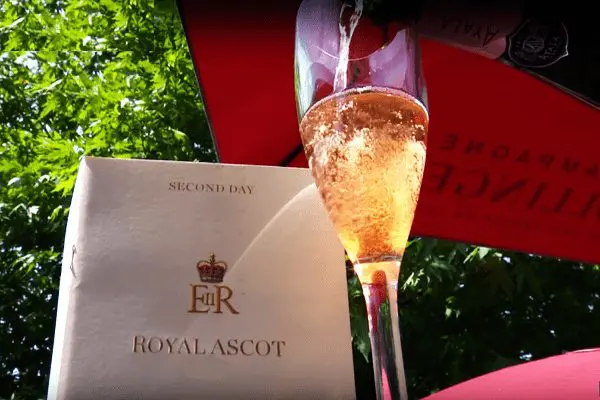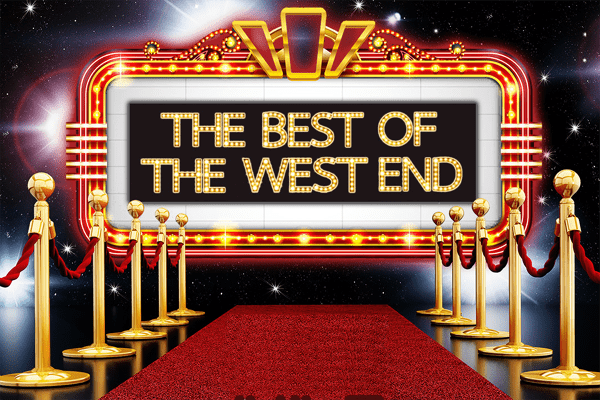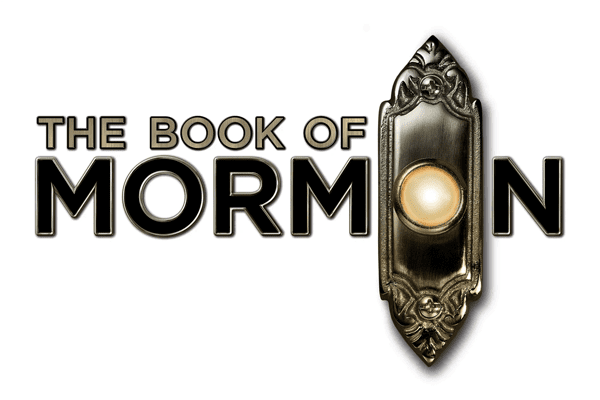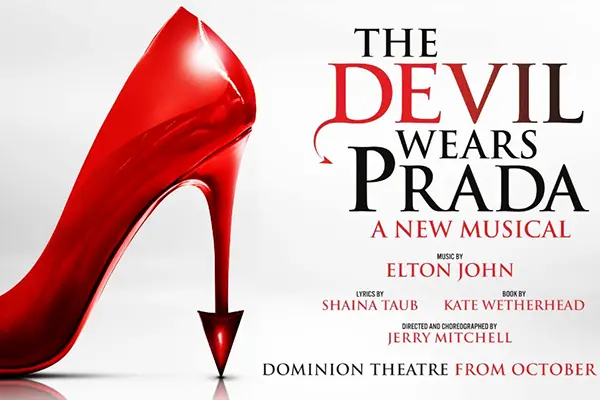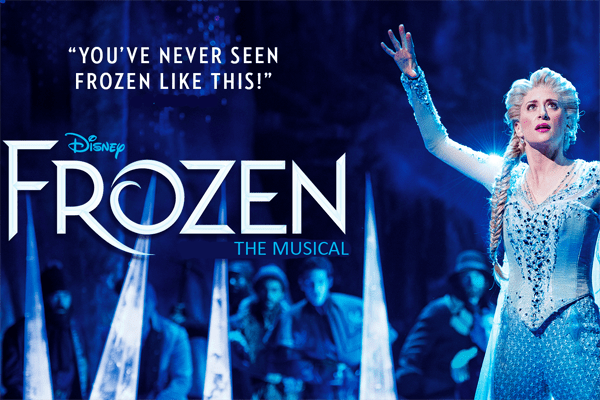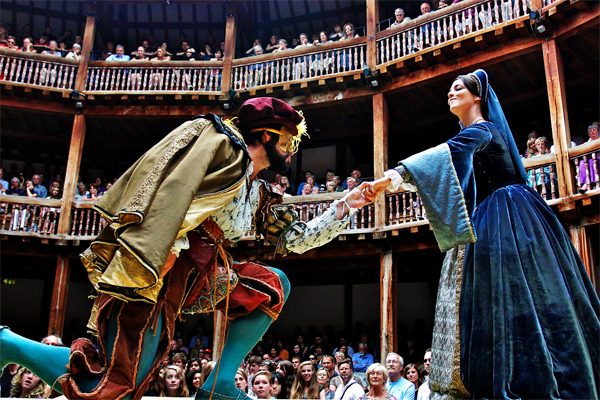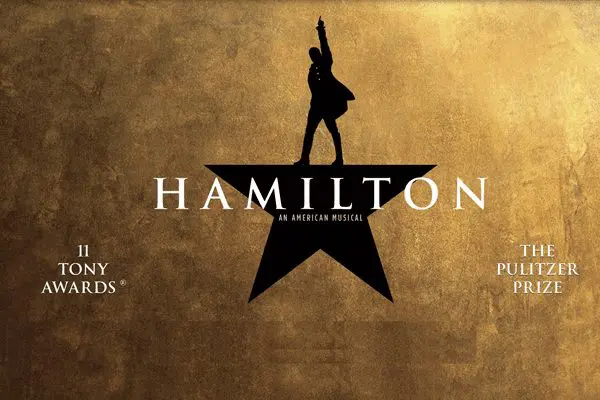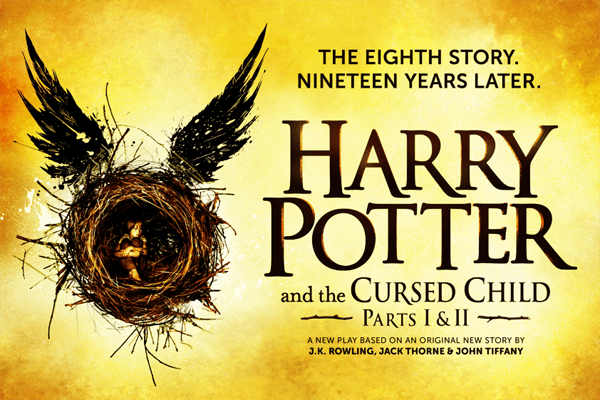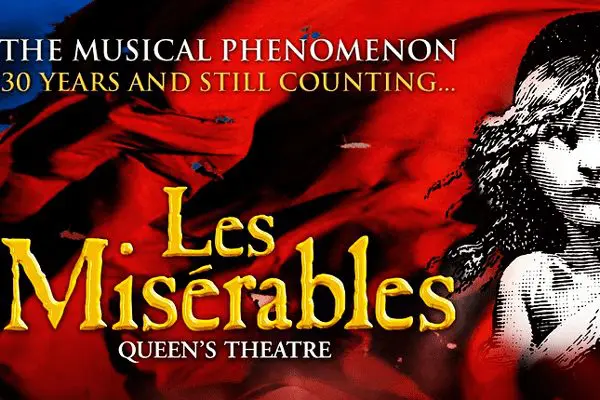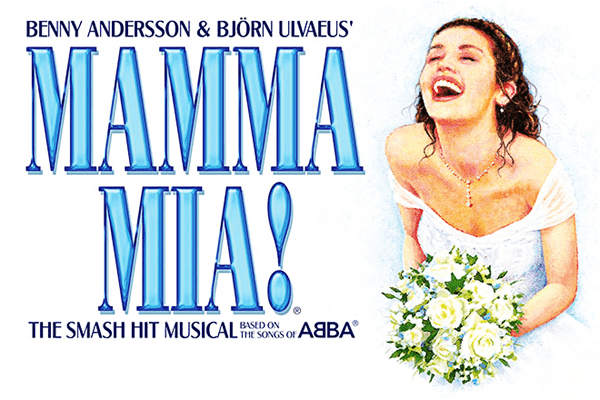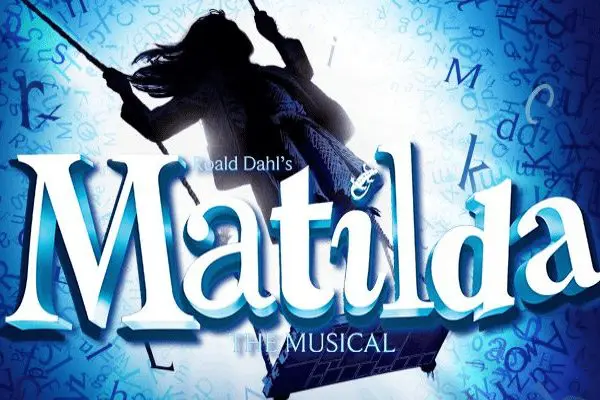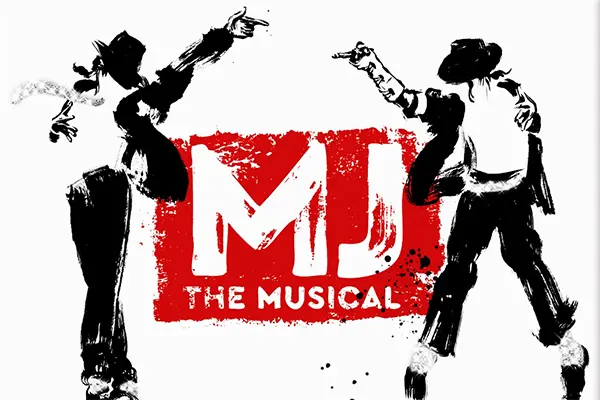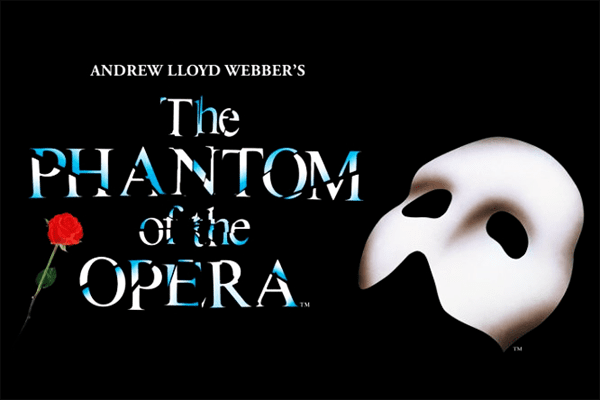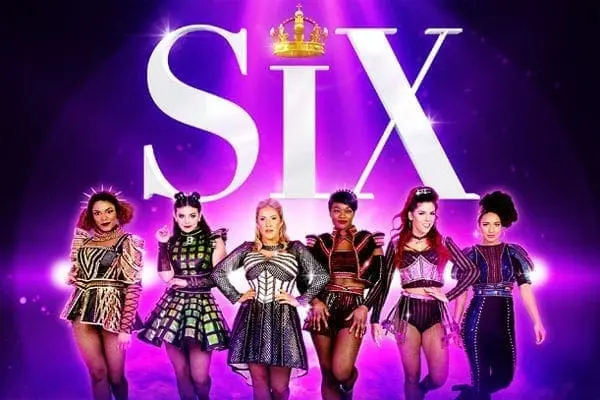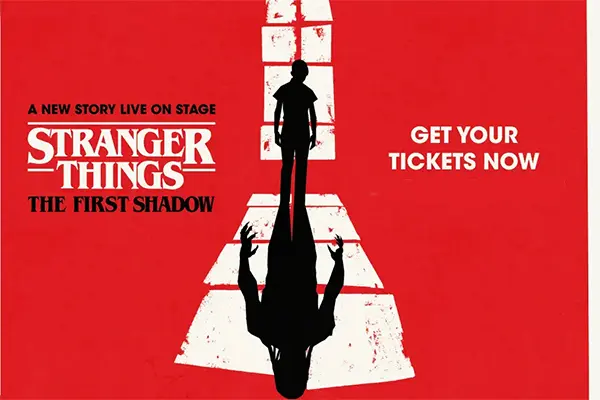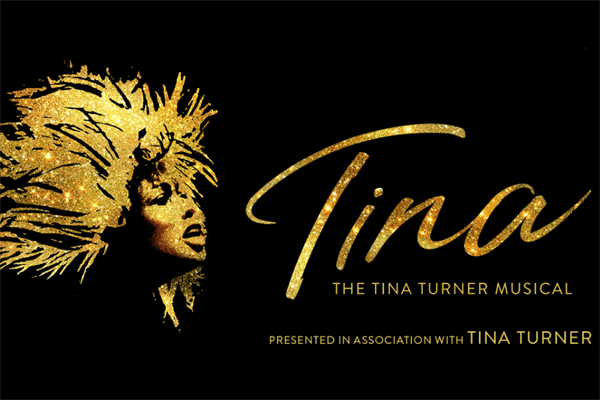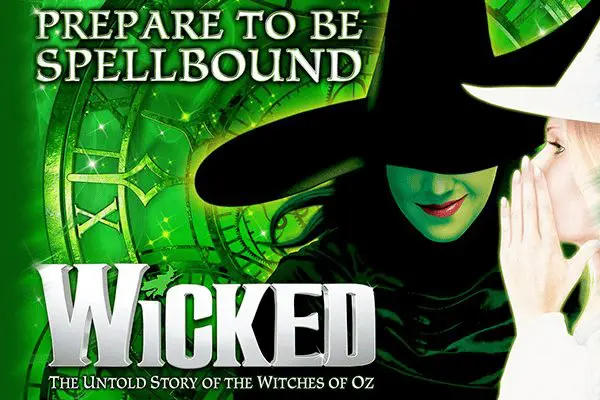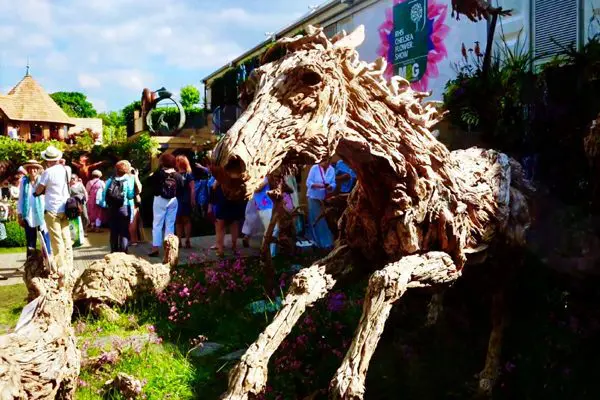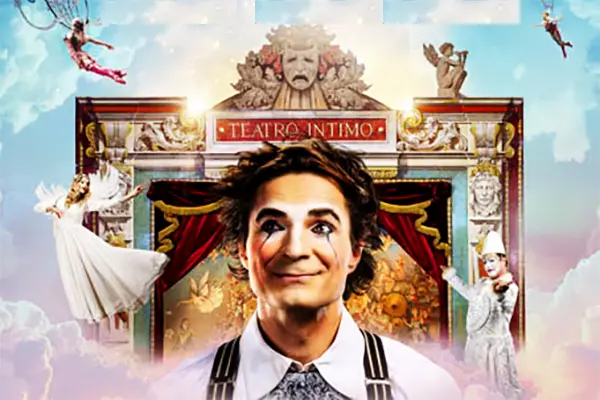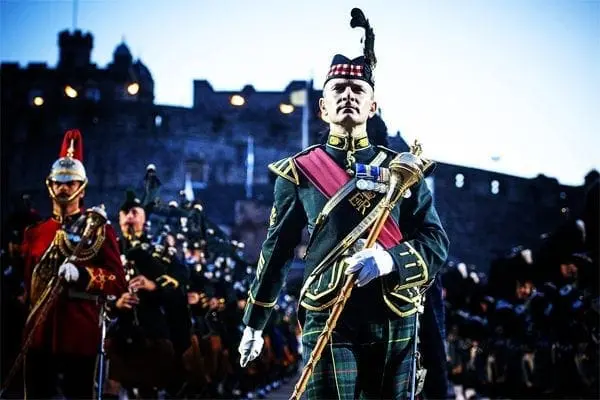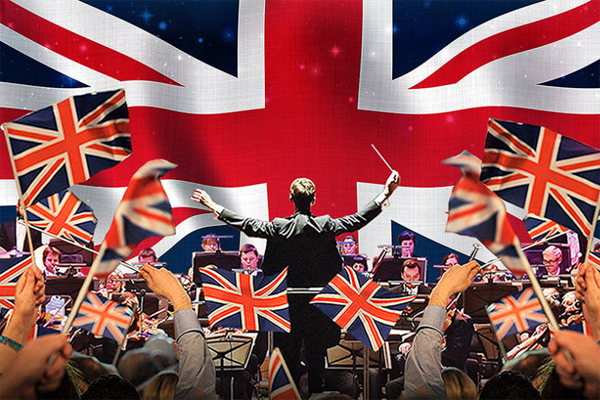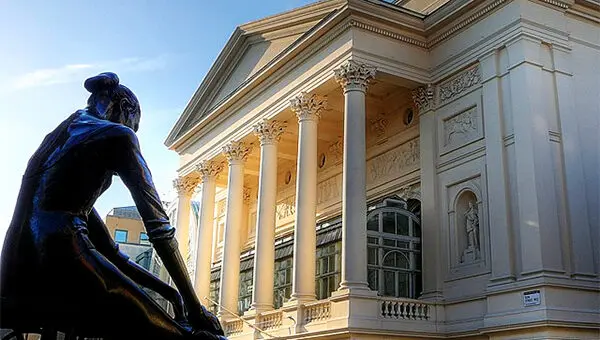The Royal Opera House Guide
The Royal Opera House (ROH) in Covent Garden
This is not merely a theatre; it is a global benchmark for superlative opera and ballet and a cornerstone of British high culture. As the home of both The Royal Opera and The Royal Ballet, this iconic institution, located at Bow St, London WC2E 9DD, represents the very pinnacle of performance, heritage, and artistic excellence in the United Kingdom.
For the discerning patron, an evening at the Royal Opera House is a comprehensive cultural immersion. However, expert, solutions-oriented insight is required to navigate this celebrated venue—from acquiring premium tickets for sold-out performances to understanding the nuances of its protocol.
For over 25 years, TicketsToSee has specialised in exactly this. Founded by industry pioneers Ken Peach and Mark Elliott, our mission is the seamless acquisition of the unobtainable. We provide our “cash-rich, time-poor” clientele with bespoke access to the most sought-after cultural events. This guide serves as your personal concierge brief, helping you master every aspect of your visit to the Royal Opera House.
View All Tickets & Hospitality
Royal Opera House What’s On: The Home of The Royal Opera & The Royal Ballet
The primary question for any visitor is, “Royal Opera House, what’s on?” Two world-class resident companies, accompanied by the acclaimed Orchestra of the Royal Opera House, drive the venue’s year-round program.
The Royal Opera
As one of the world’s pre-eminent opera companies, The Royal Opera stages a magnificent repertoire that balances timeless masterpieces with bold, new commissions. The company attracts the world’s most celebrated singers, conductors, and directors. A typical season at the Royal Opera House will feature definitive productions of iconic works, including:
- La traviata
- Tosca
- The Magic Flute
- Carmen
- Major works by Wagner, Mozart, Verdi, and Puccini.
The Royal Ballet
Synonymous with the pinnacle of classical ballet, The Royal Ballet is internationally renowned for its adherence to the highest artistic standards. Its repertoire is unparalleled, including 19th-century classics, seminal works by its founder choreographers Frederick Ashton and Kenneth MacMillan, and new commissions from the world’s leading contemporary choreographers.
Perennial favourites that command a sold-out house and are essential to the Royal Opera House experience include:
- The Nutcracker (a quintessential London Christmas tradition)
- Swan Lake
- Giselle
- Romeo and Juliet
Securing premium, “hard-to-get” tickets for these landmark productions is a cornerstone of our service. Our award-winning UK concierge team provides authenticity-guaranteed access, ensuring you have your preferred location for the most anticipated performances in the Royal Opera House’s what’s on calendar. When you wish to secure seats for [The Royal Ballet’s sold-out season], our service provides the definitive solution.
The Legacy of the Royal Opera House: A Storied History
The imposing neoclassical landmark you see today is, in fact, the third theatre to occupy this hallowed ground. The history of the Royal Opera House is a dramatic performance in itself, a cycle of artistic triumphs, catastrophic fires, and bold reinvention that mirrors the evolution of London’s cultural landscape.
The Three Theatres of Covent Garden
The story begins in 1732, when actor-manager John Rich commissioned the first “Theatre Royal, Covent Garden”. It opened primarily as a playhouse, but it swiftly gained musical renown by hosting the first London seasons of operas by George Frideric Handel from 1735. Fire tragically destroyed this original structure in 1808, after it stood for 76 years.
Rebuilding began at once, and the second Theatre Royal opened just one year later in 1809. Its debut was infamously marred by the “Old Prices” riots, where audiences protested new, higher ticket prices for nearly three months until the management was forced to relent.
In 1846, a significant transformation took place. The conductor, Michael Costa, moved his opera company to the venue, and the building was completely remodelled, opening in 1847 as “Royal Italian Opera,” a name that signalled its new exclusive focus. This commitment, however, was short-lived. Tragedy struck again in 1856 when this second theatre also burnt down.
The Building Today and Its Modern Rebirth
Edward Middleton Barry designed the Royal Opera House we know today, bringing it back from the ashes to open in 1858. It retained its “Royal Italian Opera” name until 1892, when it was officially renamed the Royal Opera House, broadening its artistic remit.
The 20th century presented new challenges. During the Second World War, the esteemed venue was requisitioned and repurposed as a Mecca dance hall, its grand auditorium silent to opera. Following the war, a new vision was forged.
The music publishers Boosey & Hawkes acquired the lease and established a charitable trust, chaired by the economist Lord Keynes. Their ambitious goal was to create a permanent, year-round home for resident companies.
This pivotal moment led to the Sadler’s Wells Ballet (which would soon become The Royal Ballet) taking up residency, alongside the formation of what is now The Royal Opera. This move transformed the Royal Opera House from a seasonal host for international stars into the world-class, dual-company cultural powerhouse it remains today.
Navigating the Royal Opera House Seating Plan
A primary query we receive concerns the Royal Opera House seating plan. Understanding the auditorium’s layout is paramount to curating your perfect experience, as the 2,200-seat venue offers vastly different perspectives. The magnificent auditorium, itself a Grade I listed space, is a traditional horseshoe shape designed to focus all attention on the stage.
A Concierge Guide to the Tiers
The Royal Opera House seating plan is divided into five main levels, each offering a distinct experience:
- Stalls: Located on the ground floor, these seats offer the most immediate and immersive experience, placing you closest to the performers and the power of the orchestra.
- Stalls Circle: Often considered the “premium” section, the Stalls Circle is elevated directly above the Stalls. Its central blocks provide arguably the best and most balanced, direct view of the entire stage.
- Grand Tier: This tier offers a more exclusive, elevated view and includes private boxes, which are highly sought-after for corporate hospitality or special occasions.
- Balcony and Upper Balcony: These higher tiers are acoustically superb and are prized by balletomanes for their panoramic view, allowing one to appreciate the complex geometric patterns of the corps de ballet.
- Amphitheatre: As the highest tier in the Royal Opera House, the Amphitheatre offers a clear, though more distant, view. It boasts its own bar and is a popular choice for seasoned opera-goers.
Surtitles and Sightlines
For operas performed in their original language (such as Italian, German, or French), surtitles displaying the English translation are projected onto a screen above the stage. In most seating areas, small digital screens are also available to ensure you can follow the libretto.
When selecting seats from the Royal Opera House seating plan, our concierge team can advise on the precise seat locations that avoid any minor obstructions and are perfectly positioned for viewing surtitles. We specialise in the seamless acquisition of ‘your preferred location’ for a flawless experience at the Royal Opera House.
The Royal Opera House Dress Code: Tradition vs. Modernity
Perhaps the most frequent question we receive from first-time visitors concerns the Royal Opera House dress code. Clients need a direct answer to navigate the tradition of this iconic venue.
The Official Rule (There Isn’t One)
To clarify, the Royal Opera House does not enforce a formal dress code. The venue’s primary concern is your comfort, and you will see guests in a wide array of attire, from smart jeans and trainers to elegant evening wear. You will not be turned away for being underdressed, within reason.
The Unwritten Rule: Dressing for the Occasion
While there is no mandate, there is a strong and celebrated tradition. AAn evening at the Royal Opera House is a significant occasion, and many attendees take the opportunity to dress appropriately for it. Honouring the tradition of the event enhances the overall experience.
Concierge Recommendations on the Dress Code
As your concierge, we offer this advice on the Royal Opera House dress code to ensure you feel perfectly comfortable and appropriate:
- For matinee performances or daytime tours, smart-casual attire is entirely suitable.
- For evening performances (especially in the stalls or the stalls circle): smart business attire is a safe minimum. For gentlemen, appropriate attire may include a suit and tie or a blazer paired with smart trousers. For ladies, wearing a cocktail dress, elegant separates, or a formal jumpsuit is perfectly appropriate.
- FGala Evenings and Opening Nights are unequivocally formal events. Black tie attire, which includes a dinner jacket for gentlemen and a full-length gown or sophisticated cocktail dress for ladies, is required and anticipated by your fellow patrons.
The only firm rules are that guests must be fully clothed, which includes covering the torso and feet, and they must not wear anything with offensive imagery or language.
Dining & Hospitality: The Royal Opera House Restaurant Guide
The Royal Opera House has elevated the culinary experience into a unique destination. The Royal Opera House restaurant and bar network is extensive, offering options from public-access rooftop bars to exclusive, ticket-holder-only fine dining.
Public Access Dining (No Ticket Required)
The Royal Opera House has brilliantly opened its doors to the public, with several spaces accessible without a performance ticket, making it a destination in Covent Garden.
- Piazza Restaurant: Located on the fifth floor, this refined restaurant offers seasonal, contemporary European menus with stunning views over Covent Garden.
- Rooftop Terrace Bar: This venue offers unrivalled views and is an ideal spot for enjoying cocktails and light plates.
- The Café: A relaxed, all-day venue on the ground floor that is perfect for a light meal, coffee, or pastry.
Exclusive Pre-Performance & Interval Dining (Ticket-Holders)
For those attending a performance, a reservation at one of the ticket-holder-only restaurants ensures a seamless transition from dinner to the show.
- Paul Hamlyn Hall Dining: This magnificent, light-filled hall (the former Floral Hall) offers champagne and elegant light meals. This is the most iconic space for interval drinks.
- Balconies Restaurant: Nestled beneath the domed ceiling of the auditorium, this restaurant serves modern British fine dining and offers magnificent views over the Paul Hamlyn Hall.
- Crush Room: Steeped in history, this opulent, gilded room (dating to 1858) offers a more formal dining and bar service for a truly traditional Royal Opera House experience.
Concierge Tip: Be aware that queues for interval drinks can be extensive. We highly recommend pre-ordering your interval drinks and hospitality. Our concierge team can, of course, arrange all your pre-performance and interval reservations at any Royal Opera House restaurant to ensure your evening is timed to perfection.
Your Visit: Royal Opera House Tours & Practical Advice
This practical advice is essential for visitors who wish to explore the venue’s rich history and architecture or simply plan a seamless first visit.
Royal Opera House Tours
Yes, the Royal Opera House offers regular guided tours, providing a fascinating glimpse behind the scenes. These expert-led excursions, which typically last 60–75 minutes, give visitors an exclusive look at the history of the three theatres and the stunning architecture of the Grand Staircase and Crush Room and occasionally offer a glimpse of rehearsals or backstage activity since it is a working building.
Specialist Royal Opera House tours, such as “Tea and Tour,” are also available. For a truly bespoke experience, you can arrange private and multilingual tours. These Royal Opera House tours are a perfect daytime complement to an evening performance.
A Concierge Checklist for Your Visit (How & Where)
To ensure a seamless visit to the Royal Opera House, please note the following:
- LLocation: The Royal Opera House is situated at Bow Street, Covent Garden, London, WC2E 9DD.
- Transport: The nearest London Underground station is Covent Garden (Piccadilly Line), which is a brief walk. LLeicester Square (Northern and Piccadilly Lines) and Holborn (Central and Piccadilly Lines) are also viable alternatives that are within a 10-minute walk.
- Arrival Time: It is essential to arrive well in advance. We recommend arriving at least 30-45 minutes before curtain-up to pass through security, use the cloakroom, and find your seats.
- Latecomers: The Royal Opera House enforces a strict policy regarding late arrivals. If you arrive late, you will not be admitted to the auditorium until there is a suitable pause in the performance, which is often the first interval.
- Etiquette: All mobile phones and electronic devices must be switched off. Photography and recording of any kind are strictly prohibited during the performance.
- Cloakroom: A complimentary cloakroom is available on the ground floor.
Your Bespoke Access to the Royal Opera House
When performances of The Nutcracker are sold out months in advance, or when a star soprano’s Tosca becomes the most sought-after ticket in London, the public ballot and online queues become a source of frustration. This is where TicketsToSee offers a definitive and effortless solution.
For over 25 years, our company, founded by Ken Peach and Mark Elliott, has been the most trusted source for discerning clients seeking guaranteed premium access to the world’s most exclusive events. Our award-winning UK concierge team manages every detail, leveraging our extensive industry relationships to source hard-to-get and “sold-out” unavailable tickets elsewhere.
We provide 100% authenticity-guaranteed tickets, allowing you to bypass the uncertainty of public sales and focus purely on the experience. To arrange a seamless, curated, and unforgettable cultural engagement at the Royal Opera House, please contact our team.
People also search for
Royal Opera House Dante project
Royal Opera House London
Royal Opera House cinema
Royal Opera House Ballet
Royal Opera House careers
Royal Opera House Nutcracker
Royal Opera House sign-in
Royal Opera House restaurant





